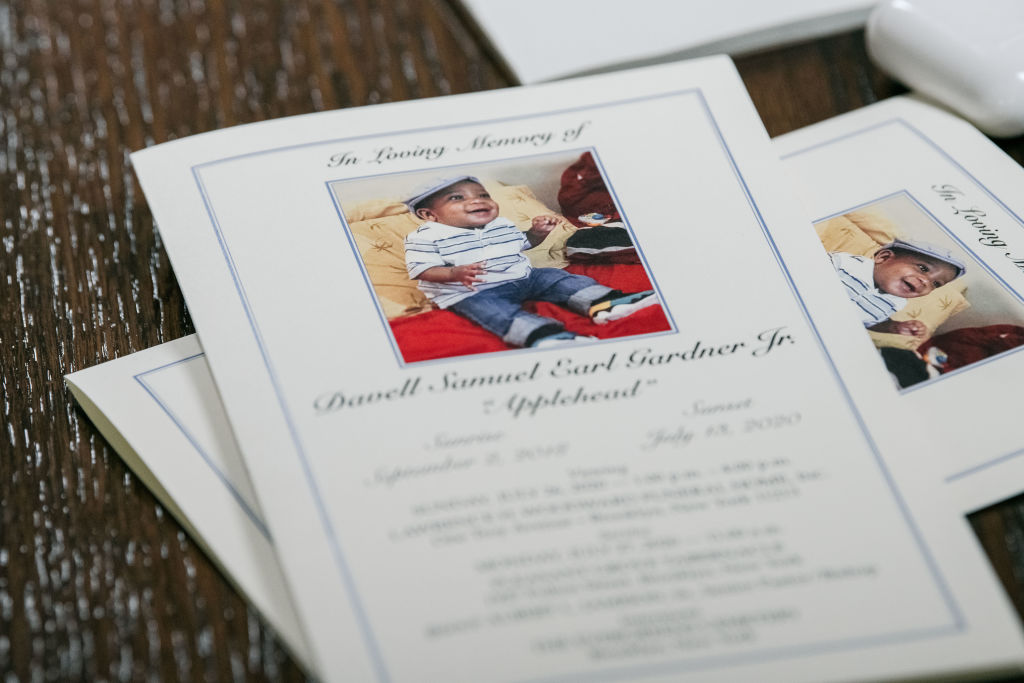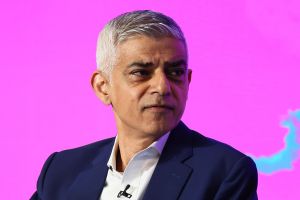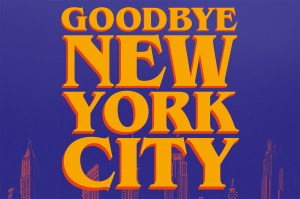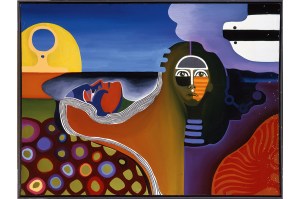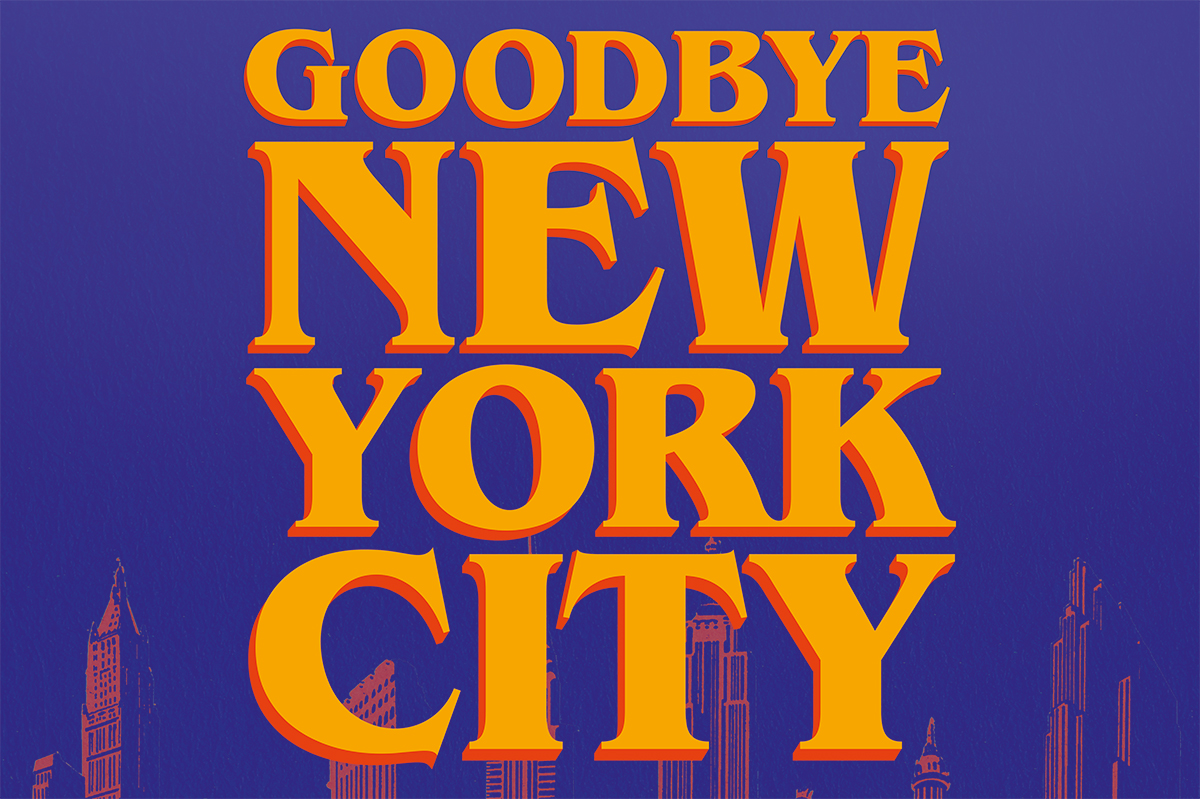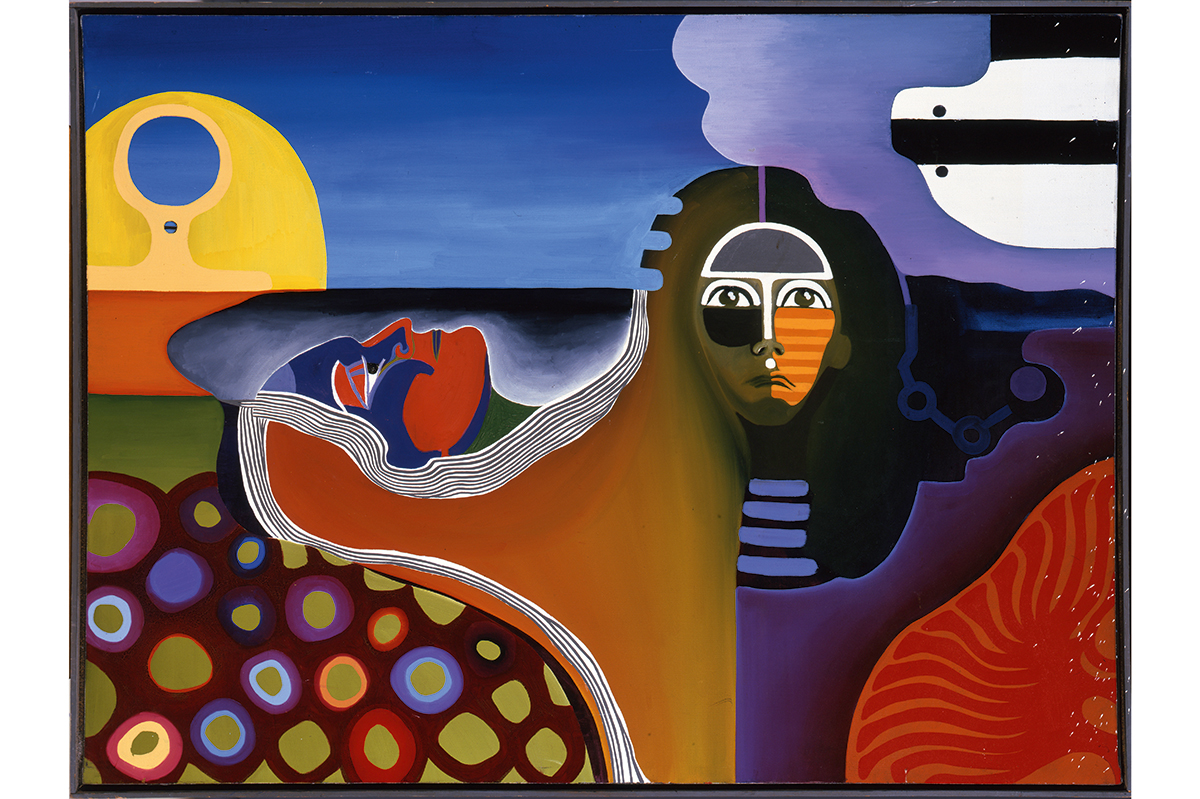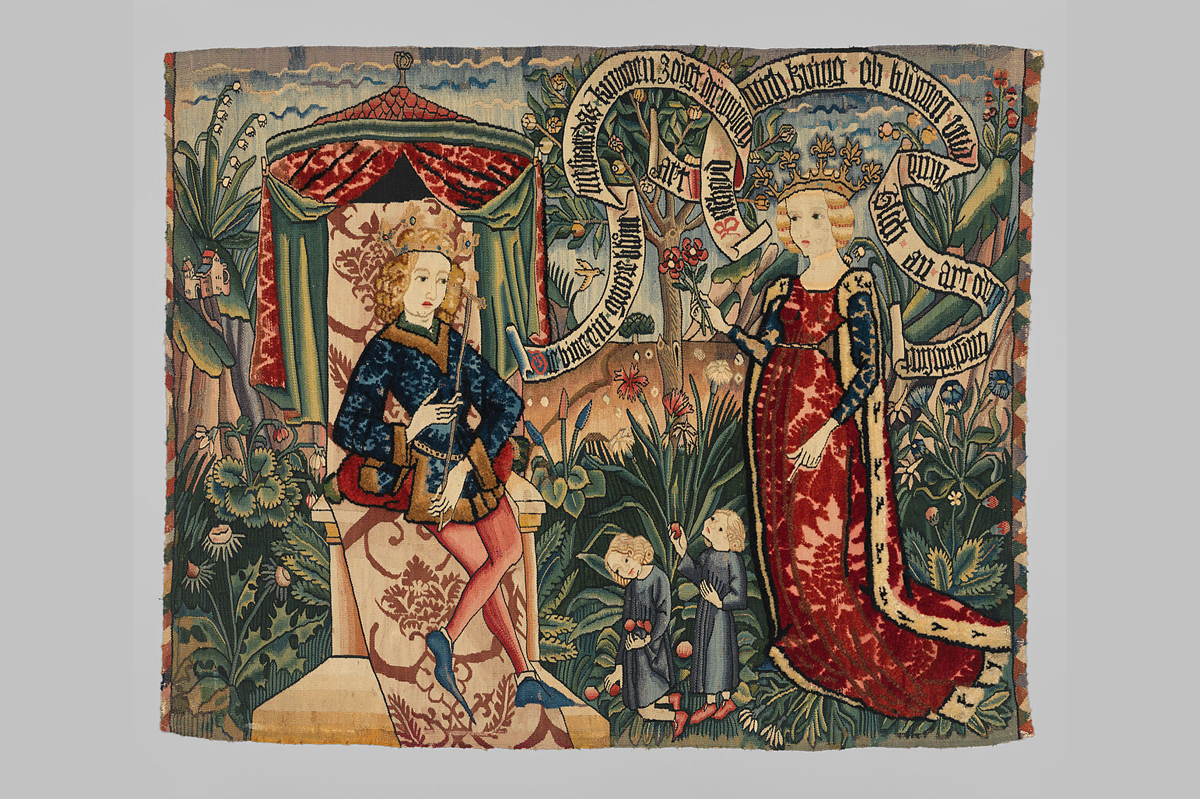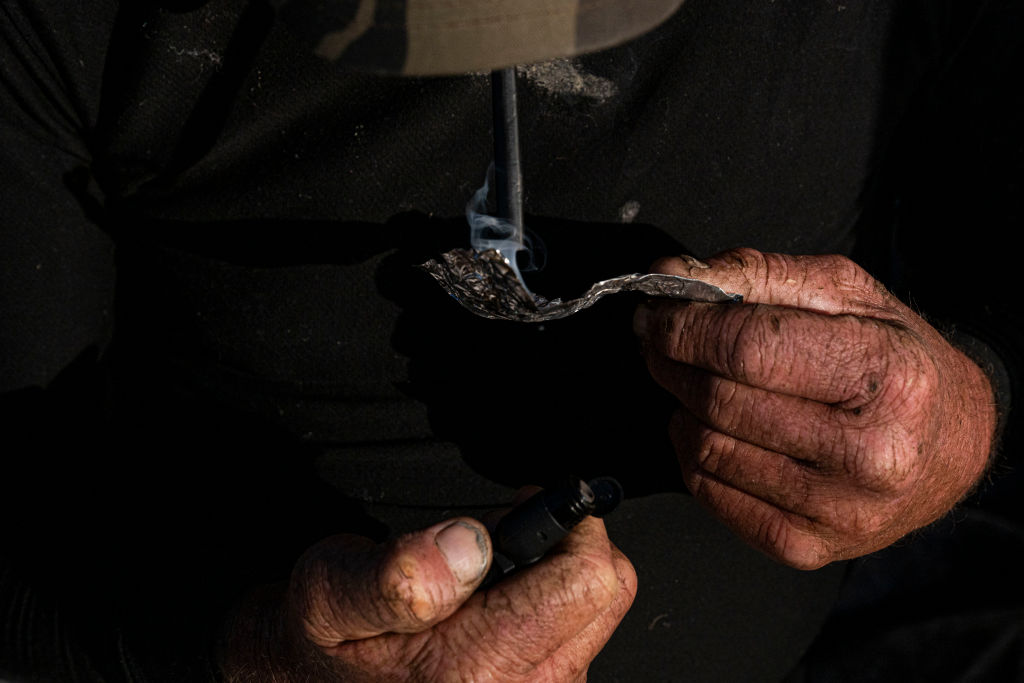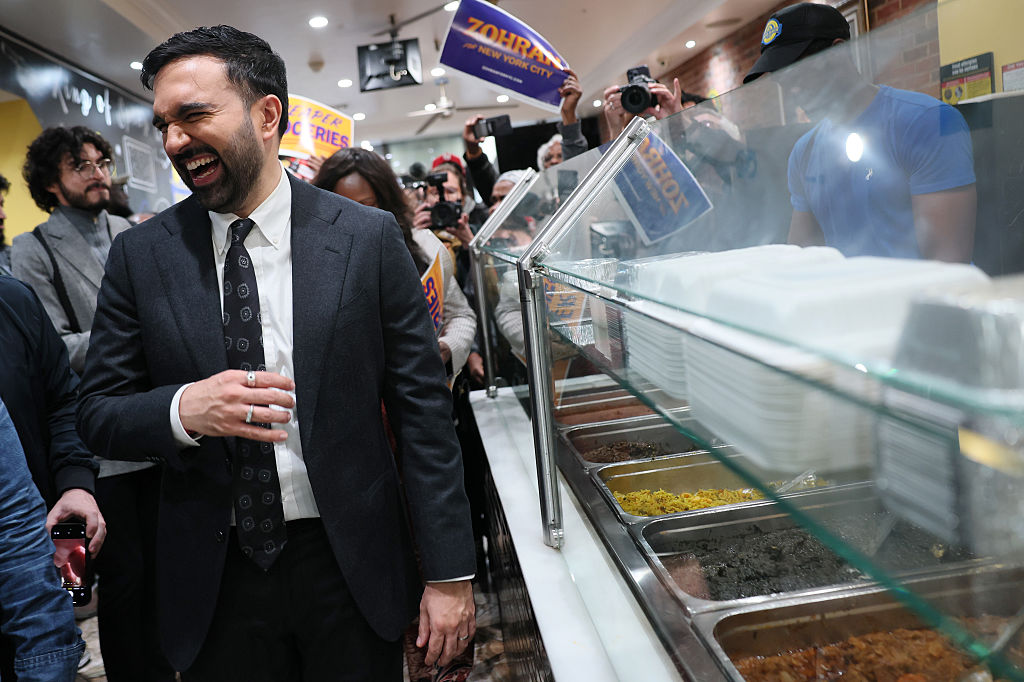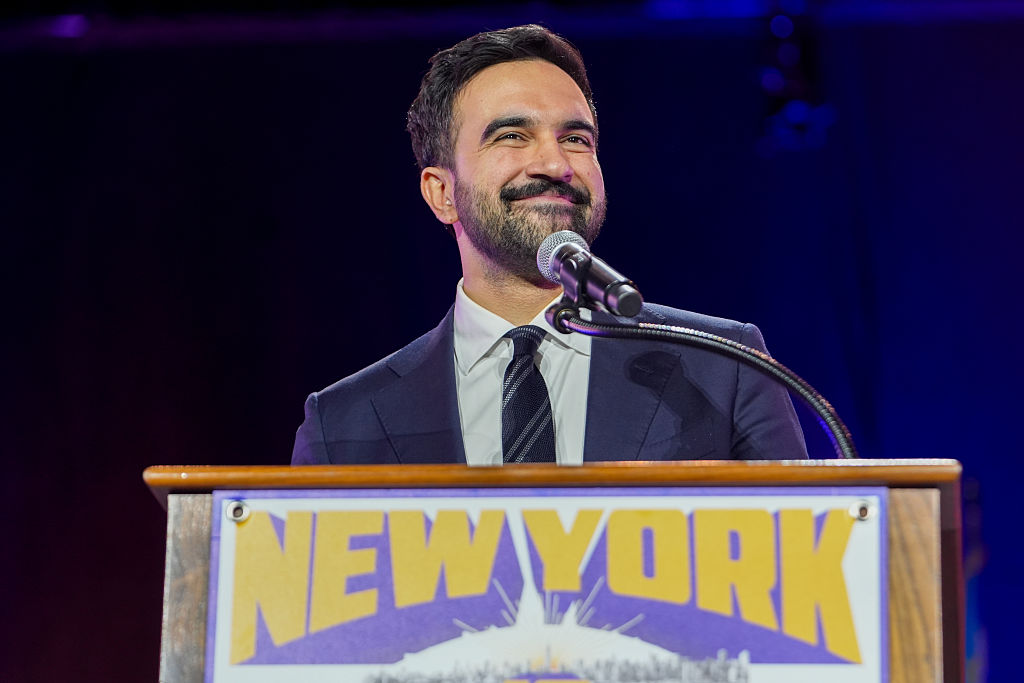I didn’t meet Davell Gardner Jr. Yet his photo — and the bubbly personality it captures — will forever remain etched in my mind. The picture shows a baby with fuzzy curls; trusting, happy eyes; a beaming, gap-toothed smile. His chubby, loaf-like baby hands remind me of my own kids’ hands, which I often can’t help kissing or blowing raspberries on. There he is, crawling on his dad’s belly, enjoying one of the last playtimes of his life.
On July 12 last year, a convoy of three cars pulled up in front of a residential building on Pulaski Street, in Brooklyn. Suspecting potential gang activity, officers in an NYPD cruiser flashed their lights, and one of the cars, a Volkswagen Jetta, sped away. The cops gave chase, exactly as the gangsters had hoped they would. While the pursuit was underway, the two other vehicles, an Audi and a Mercedes, drove to a nearby playground, where a family cookout was taking place. Two shooters emerged from the Audi SUV and unleashed a barrage of 9mm fire, wounding three bystanders — and killing Davell, who was shot in his tiny belly while sitting in a stroller.
The alleged main shooter — 25-year-old Dashawn Austin, nicknamed ‘Capo,’ ‘DooDoo’ and ‘Hotwheels’ — is a member of the local Hoolies gang, which had been locked in a bloody street battle with the rival 900 gang. In May 2021, prosecutors slammed 18 Hoolies with a 63-count indictment. Ten of the men were charged with murder. These included Austin, who was charged with Davell’s murder. When the indictments came down, Austin was already in jail awaiting prosecution for the alleged March 2020 killing of a 26-year-old Queens resident.
At Davell’s funeral at the Pleasant Grove Baptist Church in Brooklyn, mourners paid their final respects to the tot in the white and blue casket decorated with ‘Cocomelon’ cartoon characters, with a teddy bear and a stuffed Elmo toy sitting on top. The casket was so light, the Revd Al Sharpton observed in his eulogy, that Davell’s father wouldn’t have needed pallbearers to carry it. In his own remarks, Davell Gardner Sr cried out, ‘My son is gone. I don’t have nobody. I don’t have somebody to call me, “Daddy, Daddy, Daddy.”’
New York’s Democratic political class mouthed the appropriate verbiage. ‘This is so painful,’ said Mayor Bill de Blasio. ‘It’s not something we can ever look away from.’ State attorney general Letitia James sounded downright fire-and-brimstone: ‘There is a special place in hell for the individuals who did this.’ Sharpton: ‘I don’t care who you are, what title you got, how much money you got. If you can look at a baby and not stop this gun violence, you are not worth anything to anybody. The problem we got is too many people with titles, no functions.’
The chutzpah was astounding. For even as they impotently pleaded for an end to gun violence, these same men and women and their media allies were busy dismantling law enforcement in the Big Apple. And this in response to the mad frenzy of mobs both real and virtual, the downright sinister militancy of antifa and the harebrained whimsy of an urban gentry with nothing better to do during lockdowns than to pour into the streets to call for an end to policing, confident that the worst of the consequences wouldn’t hit their neighborhoods.
The baleful effects of this surrender were felt especially acutely in Gotham, which had made such enormous progress in public safety over the previous three decades, earning its status as America’s Safest Big City through a generation of painstaking policing. Now that moniker, still flung around by some politicos, is a cruel joke, lost to the combined folly of the post-George Floyd #Defund movement and ill-conceived legislative ‘reforms’ going back to 2014.
The same pattern emerged across the nation during the hot summer of 2020 and in its aftermath. In Atlanta, homicides climbed by nearly 60 percent in 2020, and shootings by 40 percent. In Los Angeles, homicides were up by 20 percent, shootings by more than 50 percent. In Portland, homicides shot up by an eye-watering 533 percent, and shootings by 126 percent.
To call these statistics an urban crisis would be a gross understatement. And despite attempts by blue politicians and blue-check media to gaslight and spin the American people, the cause is no mystery: last year’s anti-police movement enabled, and is thus complicit in, this slaughter. Each of the abovementioned cities embraced a policy mix designed to make life easier for criminals, and harder for law abiders and enforcers, from bail ‘reform’ to lax or nonexistent enforcement of so-called lifestyle crimes, from district attorneys who refuse to prosecute an ever-widening range of crimes to severe police budget cuts.
Let’s get the myths out of the way: COVID-19 wasn’t the main driver behind the recent crime surge. In Gotham, murders were up by nearly 50 percent in 2020 and had risen by an additional 17 percent by the first five months of 2021.Yet as the Manhattan Institute’s Nicole Gelinas noted in a typically astute column for the New York Post, murder trended down in other global cities, in some cases precipitously: London saw a 16 percent decline in the murder rate during the pandemic year; Italy, 14 percent; France, 2 percent. Japan, meanwhile, hit its lowest murder rate since World War Two in the year of COVID, while even cartel-plagued Mexico witnessed its first decline in six years.
Nor can a better safety net account for the difference. As Gelinas wrote, ‘the United States, with supplemental jobless insurance ranging from $300 to $600 a week for the past 15 months, and with anti-eviction and anti-foreclosure orders in place, acted faster and far more aggressively to curtail individual economic pain.’ Only illegal immigrants saw an income drop uncompensated by government assistance. London, too, has a huge population of jobless illegal migrants, and ‘people just aren’t stabbing each other because they’re desperate for something to eat’.
What about the Second Amendment to the US Constitution, which guarantees an individual’s right to bear arms? America’s gun culture is Democratic leaders’ culprit of choice when it comes to explaining, and trying to reverse, crime waves. Most recently, President Joe Biden framed the national bloodbath as a Second Amendment problem, and New York’s Gov. Andrew Cuomo says he wants to create a private right to sue manufacturers for gun violence.
You might believe, as I do, that America’s gun culture is more than a bit nutty, and there is no doubt that the ready availability of semi-military-grade weapons explains the much higher incidence of incel lunatics going on rampages in schools and workplaces in America, compared with other civilized nations. But the fact is that America’s gun culture and massive private armories have been around for a very long time: a relatively constant factor like that can’t explain a wild upswing in a trend. Another explanation is needed.
That explanation is, without a doubt, the anti-anti-crime policies pursued by progressives and dutifully implemented by liberal politicians. Perhaps a large metropolitan area could withstand any one of these ‘reforms’. But no city could have endured their combined force, amplified by the general anti-police mentality that took hold of urban elites in the aftermath of the George Floyd incident in Minneapolis. New York’s case is instructive, because many of its reforms predate the COVID lockdowns. Consider some of these changes, in order of enactment:
First, in 2014, the de Blasio administration agreed to install an ‘NYPD monitor’ instead of fighting a series of bogus race-based suits against city police. As the Claremont Institute’s Seth Barron has noted, the monitoring project implemented some positive programs (such as body cams), but it also forced the elimination of the Trespass Affidavit Program, ‘which helped keep drug dealers, loiterers and other miscreants out of private apartment buildings’.
Then, two years later, the City Council enacted a Criminal Justice Reform Act that shifted prosecution of a number of lifestyle crimes — public urination, public drinking, noise violations — to administrative courts, effectively decriminalizing them. This was an early blow against so-called broken-windows policing, the theory that by addressing small but festering lifestyle crimes, law enforcers can prevent the outbreak of more serious criminality. A broken window (or an unmolested subway-turnstile jumper) tells criminals that public authorities are prepared to tolerate disorder; the repaired window telegraphs the opposite message.
The same year, the council also enacted the Right to Know Act, compelling officers to tell criminal suspects that they don’t have to consent to searches. The result, as Barron has written, was to turn cops into legal advisers for scofflaws, ‘working against themselves and for evildoers. No doubt many guns have remained concealed as perps were told they could walk away.’
The notorious bail ‘reform’ of 2019, enacted by the legislature in Albany and enthusiastically signed into law by Cuomo, removed judges’ discretion in imposing cash bail for jailed suspects in a wide range of cases, including many violent crimes, on the theory that it disadvantaged indigent defendants. Even before the law came into effect, judges began to preemptively spring suspects in anticipation, and since then, city and state have witnessed a seemingly endless string of criminal suspects being released in fewer than 24 hours, only to commit the same offense 24 hours later, only to be sprung again.
All this, it bears repeating, took place before the pandemic. Then came the George Floyd killing in Minneapolis and its associated protests and riots, tolerated and sometimes even encouraged by blue governors and mayors (and deemed almost mandatory by the same public-health ‘experts’ who insisted outdoor church gatherings would cause a COVID holocaust). In response, local lawmakers in New York slashed $1 billion from the NYPD’s budget, and on June 15 a pusillanimous Commissioner Dermot Shea disbanded his supremely effective anti-gun units.
The result: a ‘shocking rise in gunfire — to 116 incidents from 38 between June 15 and July 2, a 205 percent increase,’ the Post reported. ‘Gunshot injuries skyrocketed to 157 from 47 in 2019, a 238 percent increase.’ And among those shot in the immediate aftermath, by gangbangers, was a one-year-old enjoying an outdoor picnic with his family in Brooklyn on the night of July 12.
Now mainstream Democrats are furiously working to memory-hole their support for #Defund, with the Biden White House going so far as to attempt to hang the movement around the GOP’s neck. Perhaps the whitewashing will work. Americans have short memories. But truth is truth, and history is history. When the last antifa barricade is dismantled, and the last anti-police slogan erased from the walls, and the last #Defund tweet dissipates into the digital ether, Davell’s tiny casket will stand as the final verdict on the liberal madness of the long, hot summer of 2020. Will 2021 be any better?
Sohrab Ahmari is the op-ed editor of the New York Post and author of the new book The Unbroken Thread: Discovering the Wisdom of Tradition in an Age of Chaos. This article was originally published in The Spectator’s August 2021 World edition.



